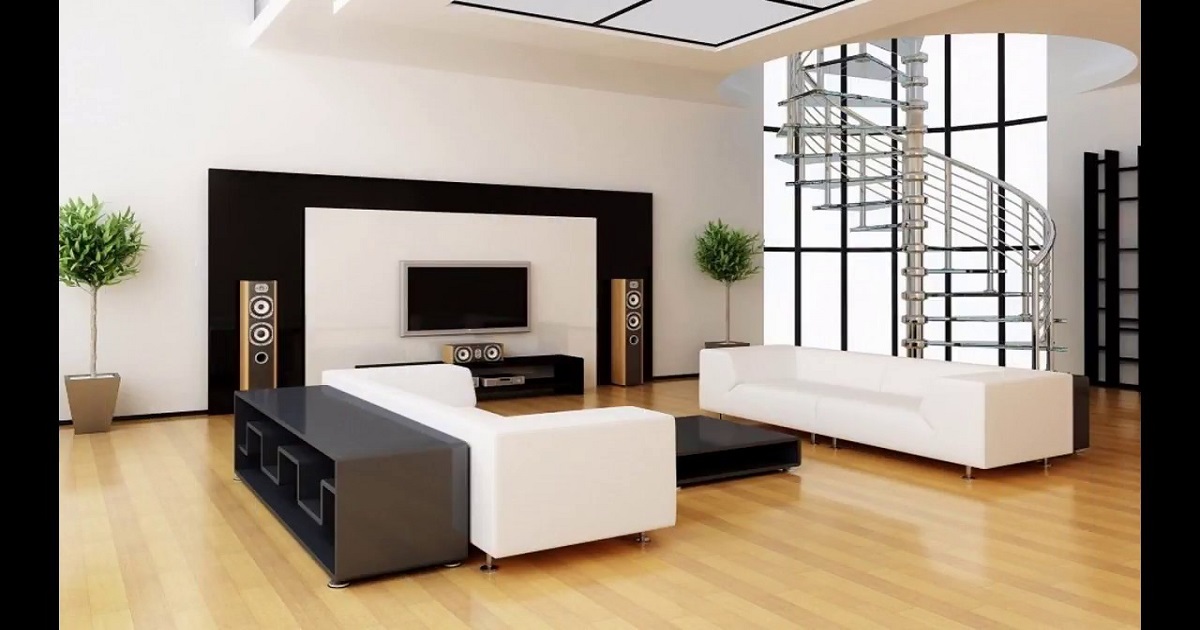Introduction to simple office table design
The office environment has evolved dramatically over the years, and so has the design of office furniture. Today, offices are no longer just places where people work; they are spaces that foster creativity, collaboration, and productivity. In this context, the design of office tables has become increasingly important. A well-designed office table can enhance the overall aesthetics of the workspace while also contributing to the functionality and comfort of employees. In this article, we will explore the world of simple office table design, focusing on how they strike a balance between functionality and elegance.
The Role of Office Tables
Office tables are an essential component of any workspace. They serve a variety of purposes, from providing a surface for employees to work on to facilitating meetings and discussions. A well-designed office table should not only fulfill its functional requirements but also complement the overall design of the office.
Minimalistic Design
One of the key principles of simple office table design is minimalism. Minimalistic design is characterized by clean lines, a lack of excessive ornamentation, and a focus on functionality. When it comes to office tables, this design philosophy translates into clean and uncluttered surfaces, often with a single, elegant material.
Simple office tables are typically made from materials like wood, glass, metal, or a combination of these. The choice of material can significantly impact the overall aesthetic of the table. For instance, a wooden table may impart a warm and timeless feel, while a glass and metal combination can create a sleek and modern look.
Ergonomics
Ergonomics plays a crucial role in the design of office furniture, including tables. An ergonomic office table is designed to promote comfort and productivity by providing adjustable features that accommodate different body types and working styles.
Simple office tables often incorporate adjustable height mechanisms, allowing users to customize the table’s height to their preference. This feature not only enhances comfort but also supports better posture and reduces the risk of musculoskeletal issues.
Cable Management
In today’s digital age, a clutter of cables and wires can be an eyesore and a potential tripping hazard in the office. Simple office table designs often include built-in cable management solutions. These solutions typically consist of discreet channels and outlets that allow users to route cables neatly, keeping the workspace organized and hazard-free.
Space Efficiency
Efficient use of space is a fundamental aspect of office design. Simple office tables are designed to maximize the use of available space while minimizing their physical footprint. This is especially important in smaller office environments where space is at a premium.
Some office tables are designed with built-in storage solutions such as drawers or shelves, allowing users to keep their workspace organized without the need for additional furniture. This not only saves space but also contributes to a clutter-free and productive work environment.
Versatility
Versatility is another key characteristic of simple office table designs. A versatile table can serve multiple functions within the office, adapting to various tasks and activities.
For example, a simple table with adjustable height can be used as a traditional desk for individual work, but it can also be transformed into a conference table for meetings or a collaborative workspace for group projects. This adaptability ensures that office tables remain functional in different scenarios.
Aesthetic Appeal
While simplicity is a hallmark of these designs, they are by no means devoid of aesthetic appeal. Simple office tables often feature sleek and elegant lines that add a touch of sophistication to the workspace. The choice of materials and finishes can also contribute to the overall aesthetic.
For instance, a minimalist table with a glossy lacquer finish can exude a sense of modern elegance, while a table with a natural wood grain finish can create a warm and inviting atmosphere. The key is to strike a balance between simplicity and visual appeal, enhancing the overall aesthetics of the office.
Conclusion
Simple office table designs are a testament to the idea that less can be more. They prioritize functionality, ergonomics, and versatility while maintaining a sleek and elegant appearance. These designs have the power to transform an office environment, creating a workspace that is both aesthetically pleasing and conducive to productivity.
Whether you prefer the timeless appeal of natural wood or the modern sophistication of glass and metal, there’s a simple office table design to suit every taste and requirement. As workplaces continue to evolve, these designs will play an increasingly vital role in shaping the offices of the future. So, when it comes to outfitting your workspace, consider the beauty and functionality of simplicity.





